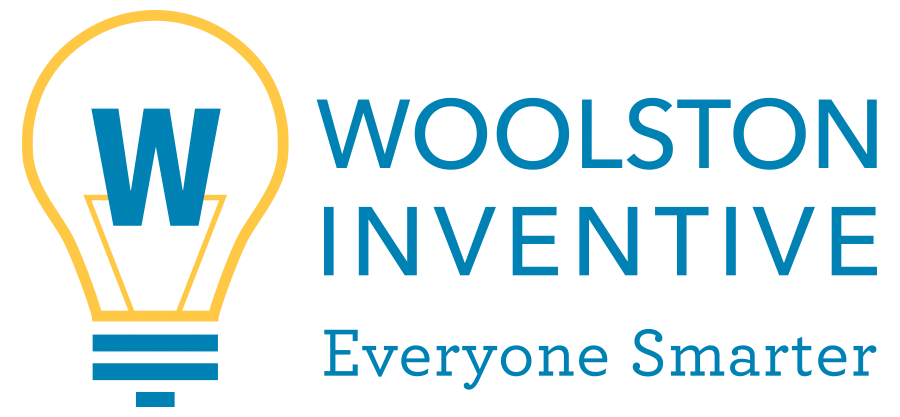Marian University: Marketing with the Core Identity
- pjwoolston
- Dec 27, 2024
- 3 min read
Updated: Jan 10
Situation
One of the things that made Marian University distinctive was its Catholic founding and mission. This provided a unique and distinctive opportunity that many other universities did not have. Consequently, Marian wanted to capitalize on that by establishing faith as a core part of the identity of the institution to attract students who were seeking that in their college education.
Solution
We helped Marian identify several opportunities to carve out a distinctive niche and build its reputation as a leading Catholic university across a variety of media and events. These included:
Christian Theological Timelines lecture series: We worked with faculty to create a three-part event series that would take place over the course of the year. Faculty agreed to give three lectures, one each on historically significant events for Christianity, scripture scholars, and the first Seven Ecumenical Councils. We set dates for each of these for a lecture with refreshments, and campaigned to invite the public. We created a poster that ultimately would show all three of these timelines stacked on top of each other. Then as part of the first campaign and at the first lecture, we gave out copies of the poster with the timelines missing, noting instead the date and inviting them to come.

Then we published a smaller poster for each timeline that we gave out at each lecture series so that recipients could affix that smaller poster to the larger whole.

At each subsequent lecture we distributed new copies of the poster that had previously discussed timelines pre-printed, with the remaining timelines still empty to invite them to the subsequent lecture.

Once all three events had happened, we published the and liberally distributed the completed poster.

Catholic Social Teaching: An important part of Catholic mission is the idea of Catholic Social Teaching (or CST), or how people should consider the world around them and act in it. We engaged one of the faculty to write on the topic and captured that essay in a publication, and included in the publication a panel for each of the seven concepts of CST that described it, applied it, and also listed reference works including scripture where people could learn more about it. We hired an illustrator to draw colorful and engaging renderings of each of the topics. Ultimately we ended up publishing a 10-panel, 5-page brochure that proved to be immensely popular in our target market.

As a Franciscan school, Marian offered a faith-based co-curricular program called the San Damiano Scholars. To promote the program and recruit students to it, we used the highly introspective nature of the program to assist students in discerning more about themselves and their future. We developed a tool, a slider that highlighted several Franciscan saints and showed them parallel to Marian students on one side, and a contemplative tool on the other side inviting reflection and interaction, and showing how Marian could prepare them for continued faithful service in a variety of professional settings not even necessarily centered on faith. We packed four pages of content into a compact and efficient, interactive and engaging tool.

We also put together an interactive wheel to promote the summer program that served as a pipeline to the collegiate program.

All Things Marian: Marian University obviously has roots in Mary, the mother of Jesus, and we wanted to demonstrate how deeply the university understood and appreciated these roots. We created a publication called All Things Marian that described how and why Mary or Marian is reflected in the name and seal of the university; provided a calendar of solemnities, feasts, and memorials celebrating her; and described the four Marian dogmas of the Catholic church. We printed all of this content very small and packed it into a folding 16-panel square that one could handily keep in a rosary box or a pocket.

Prayer cards: Clearly there was ample opportunity for prayer at Marian, both for students and for visitors. We selected three prayers and published them on easy-to-distribute prayer cards, illustrated on the other side with images specific to Marian University.

Success
All of these campaigns proved not only successful but long-lasting and highly influential. Much of this success came precisely because each campaign was developed with a specific distribution mechanism or process in mind. Consequently, Marian was able to use many of these tools for years — continuing to this day! — and firmly established itself as one of the great Catholic universities of America.



